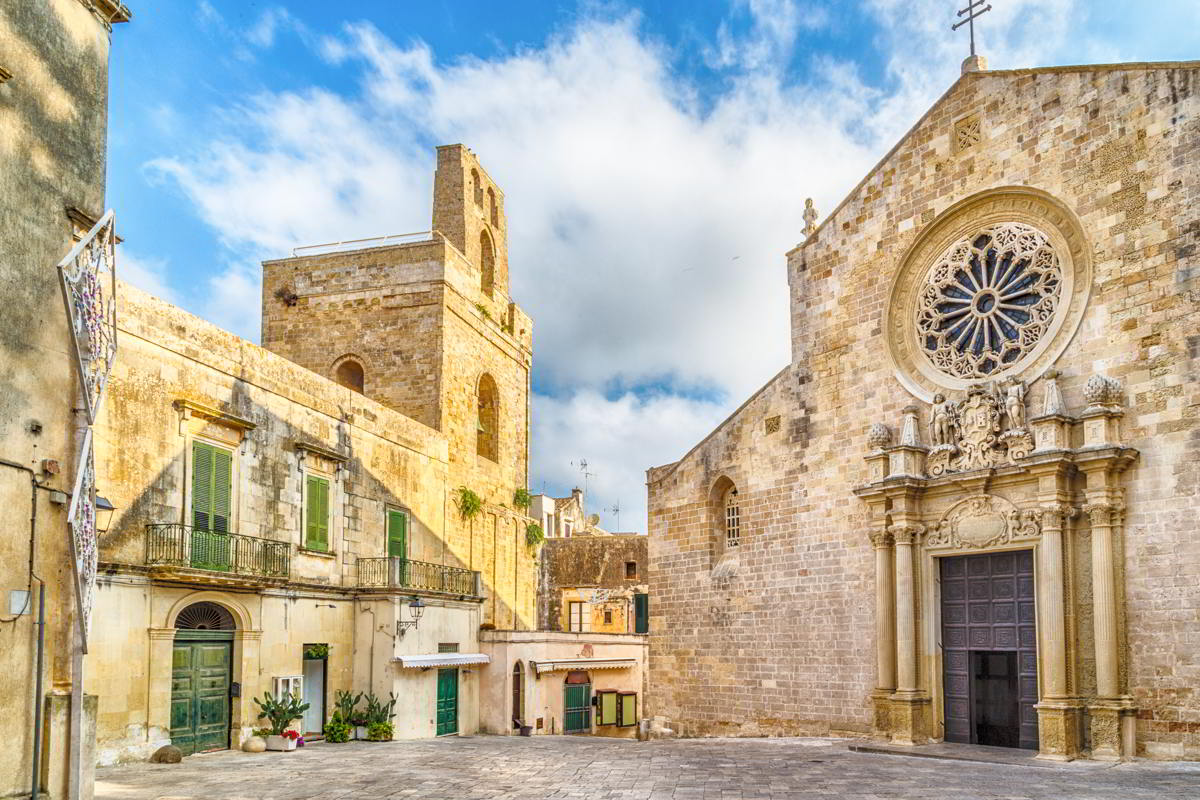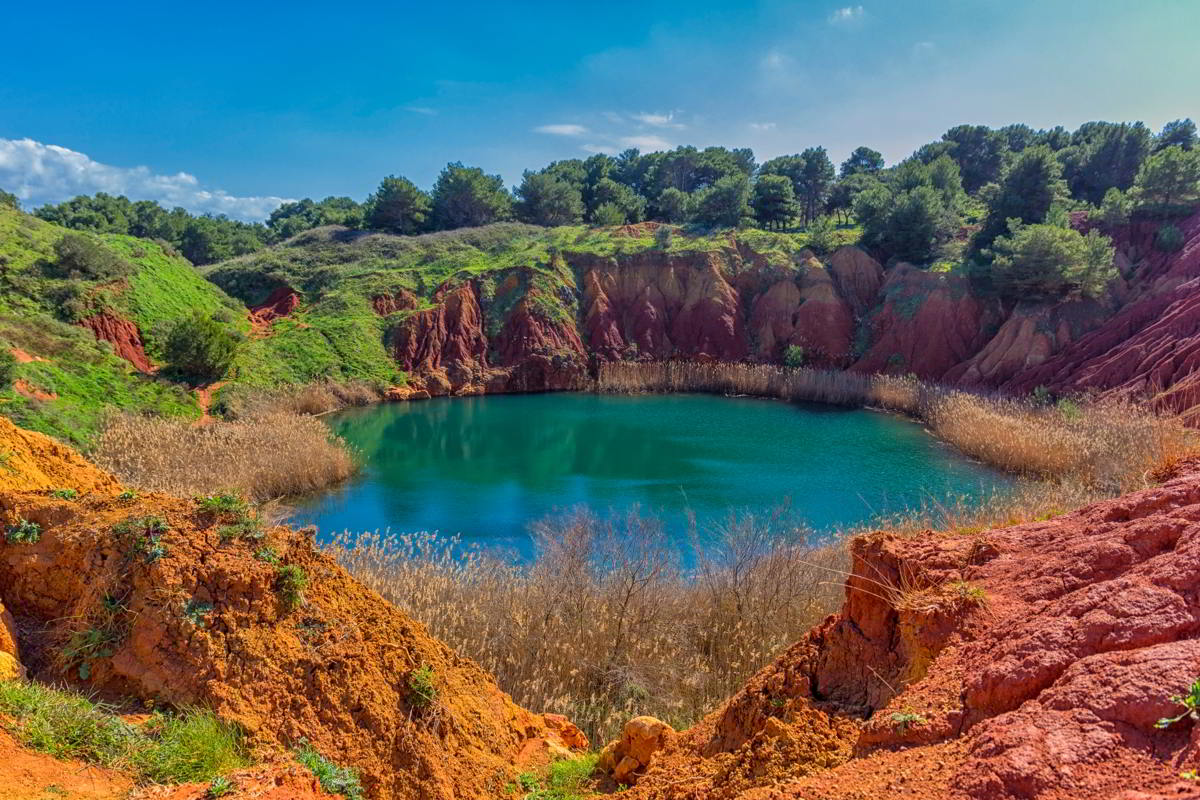Otranto

Otranto is a fascinating Salento small town exposed on the Adriatic Sea, also known as Porta d’Oriente, as a location placed in the most oriental part of Italy.

The historical centre and the seafront
A stroll in the streets of Otranto is a really beautiful experience: Otranto glimpses are unique and full of small stores of local handicraft, very popular. The ancient hamlet of Otranto was emblematically recognised UNESCO World Heritage Centre and this place chosen as one of the most beautiful hamlets in Italy. The promenade called Lungomare degli Eroi is one of the symbols of the city, a strategic point from which people can admire the beautiful sea in front of the city of Otranto.
The seaside resorts in Otranto
In the surroundings of Otranto many spectacular seaside resorts, characterized by a luxuriant and unpolluted nature, are to be found. One of the most famous resorts is Località Alimini, which presents very particular morphological characteristics and takes its name from two lakes, Alimini Grande and Alimini Piccolo, placed very close to the sea and immersed in a verdant pine grove. Wide sandy beaches with seaside establishments or freely accessible are typical of this area. Torre dell’Orso is another famous locality, with an uncontaminated beach renowned as Due Sorelle, the two sisters, two grandiose and characteristic sea stacks which emerge from the crystal clear water.